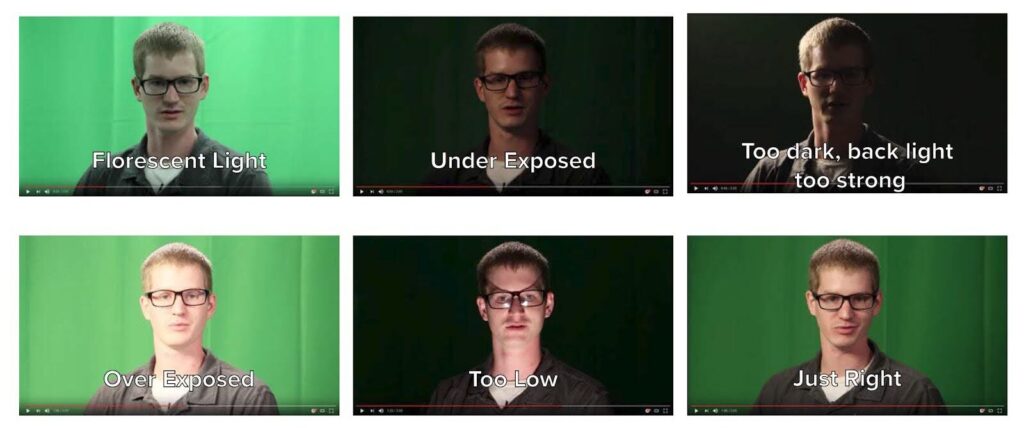
Journalists are more often using video calling apps like Zoom as a way to conduct TV interviews without having to travel. The SMC also occasionally does video expert reactions. With just a few steps you can minimise the distractions of a bad quality video call, and have your message come across like you’re in the same room.
First Things First
Ideally, you will have Internet with an upload speed of at least 5 Mbps. Check your Internet speed here.
Placement
Don’t lean over your computer as you would on a video conference call. If possible, it’s best to have the same amount of space between you and the webcam as you would between you and a close friend talking — familiar and intimate, but not in their face.
The next most important thing is getting your computer level with your line of sight – we don’t want to be looking up your nostrils or, even more weirdly, looking down at you.
Make sure you’re in a place that won’t have too much ambient noise (from street, plumbing, pets, etc.), and that it’s not somewhere other
workmates or family members might walk through or need access to.
A space with a rug or carpet, curtains over windows, walls covered with bookshelves or other soft material, and soft furniture such as a sofa or armchair, will absorb sound and give you the best audio quality.
Sound
Do you own an external microphone that plugs into your computer? If so, that is most likely your best option, especially if it is a podcast quality mic. Make sure you have headphones handy, just in case we experience some echo.

Lighting
Natural light is best if possible. If you have a window, It’s best to be facing it, not in front of it.
Use whatever lighting you have in your home to make sure you are well lit and don’t have any shadows on your face. It’s best to have a light in front of you, on the other side of your webcam/computer. Ideally, you would have one at your 10 o’clock and one at your 2 o’clock, both pointing toward you. (See image below.)
If it’s at all possible, it’s also a good idea to position a light slightly behind you at 4 o’clock. However, you don’t want this light to be visible in the frame — otherwise, it will create a focal point and blow out the shot.
Try out different options and see what looks best.
Here are some examples of common lighting issues:

Back to Giving a great interview